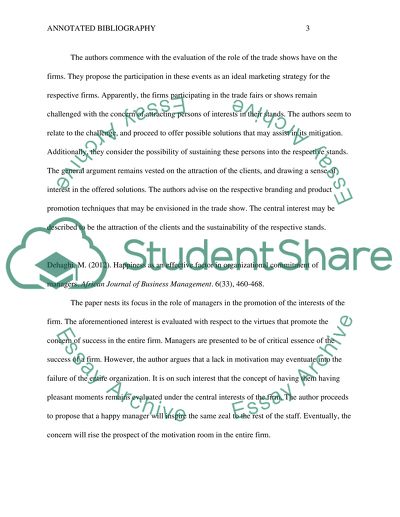Cite this document
(The Development of an Organization Annotated Bibliography - 1, n.d.)
The Development of an Organization Annotated Bibliography - 1. Retrieved from https://studentshare.org/human-resources/1660211-annotated-bibliography
The Development of an Organization Annotated Bibliography - 1. Retrieved from https://studentshare.org/human-resources/1660211-annotated-bibliography
(The Development of an Organization Annotated Bibliography - 1)
The Development of an Organization Annotated Bibliography - 1. https://studentshare.org/human-resources/1660211-annotated-bibliography.
The Development of an Organization Annotated Bibliography - 1. https://studentshare.org/human-resources/1660211-annotated-bibliography.
“The Development of an Organization Annotated Bibliography - 1”. https://studentshare.org/human-resources/1660211-annotated-bibliography.


